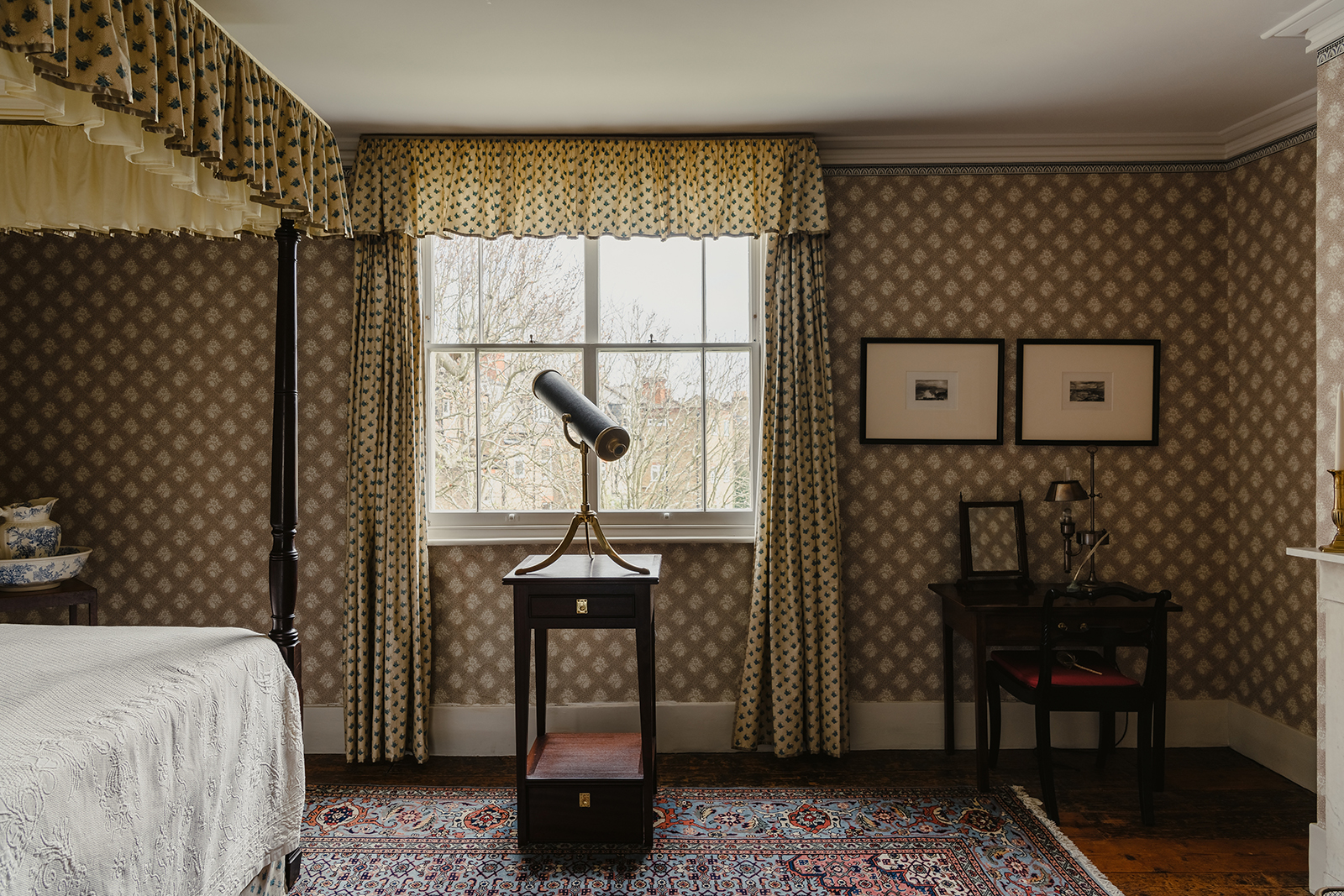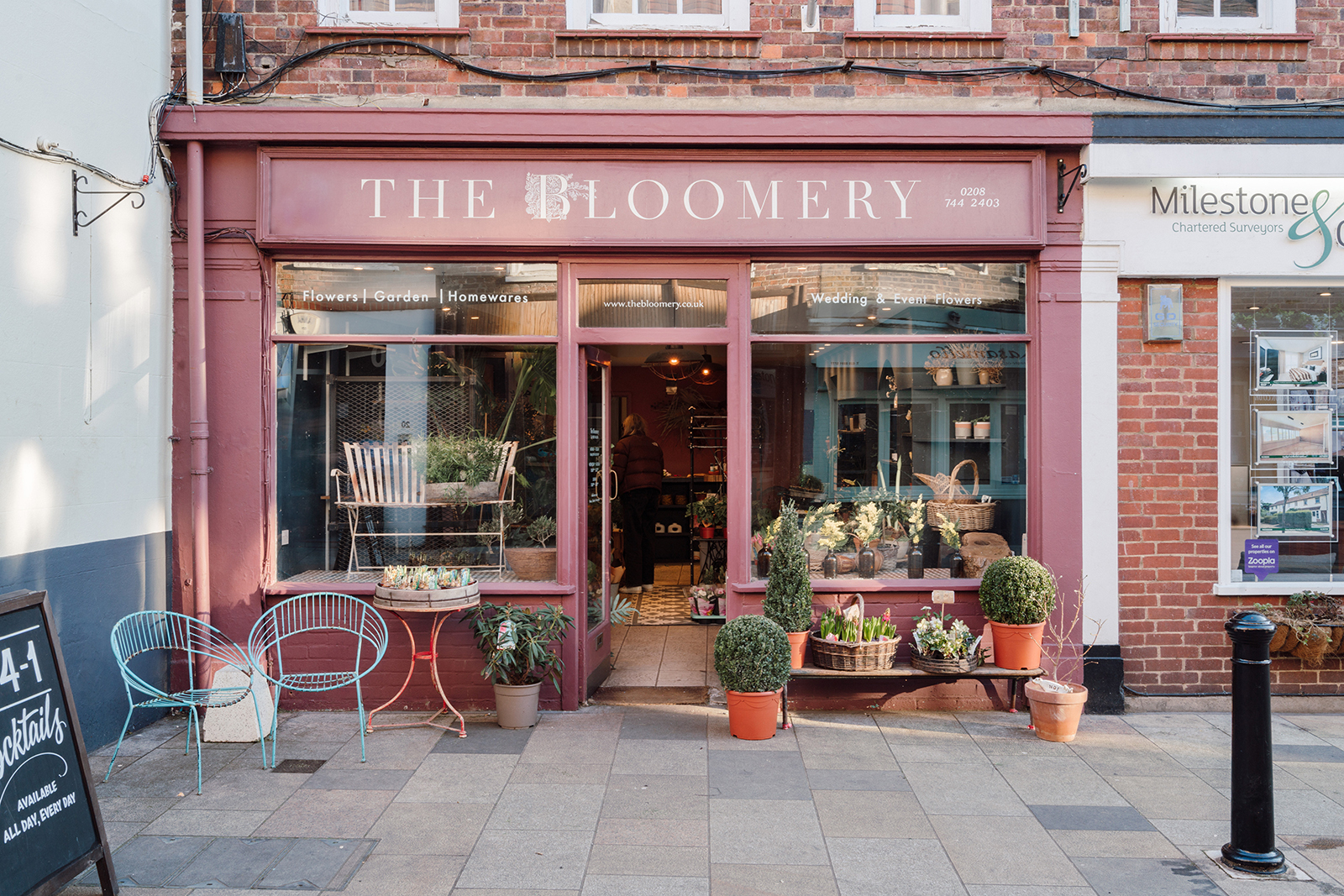Our guide to Twickenham: architectural splendour and riverside walks in south-west London
A thoroughly fashionable suburb of London, Twickenham has always been connected to the capital, its long-established main roads running straight into town. Historically, these were used to ferry fruit and vegetables to the city’s markets – hence ‘Strawberry Hill’, the name given to one of Twickenham’s most productive areas. These days, the traffic now goes towards the suburb too, made up of those in search of a waterside stroll, a trip to one of the area’s handsome Palladian villas or a browse of its many independent shops and cafes.
While Twickenham’s own name may most immediately conjure up images of rugby, there’s far more on offer here than just sport. With just the right amount of action relative to its calm stretches of greenery along the river, it makes for an excellent day out, weekend trip or perhaps even relocation – several notable Span estates are situated here, and the architecture is an engaging mix of traditional terraces and mid-century modern beauties.
Having purchased a slice of land on the Thames in 1747, Horace Walpole set about transforming it into his vision of “a little Gothic castle”. Used by the writer, collector and connoisseur as his summer residence, Strawberry Hill House is recognisable for the pinnacles and battlements that became something of a fascination to those in the area – something Walpole capitalised on by having his housekeeper run tours – although only for a maximum of four visitors a day. Happily, more are allowed now (including children, who weren’t previously), meaning everyone can delight in roaming around the house and its romantic landscaped gardens.
This smart Palladian villa adds to Twickenham’s impressive roster of grand houses near the Thames. Built in 1710, Orleans House initially housed diplomats and has since been transformed into a contemporary art gallery with a year-round programme of exhibitions and events, entry to which is free. At its heart is the recently restored Grade I-listed Octagon Room – a thoroughly lavish space that looks out on to beautiful woodlands beyond. (PS: the café’s so good we’ve given it its own mention.)
Also a must-visit on an architectural tour of Twickenham is Marble Hill, a Grade I-listed Neo-Palladian villa that lies between Richmond and Hampton Court, now looked after by English Heritage. While it’s closed for the winter, the house reopens in April, when (hopefully) warmer weather makes for more comfortable meandering around its 60 acres of riverside parkland. Carefully preserved Georgian interiors sit alongside contemporary exhibitions that tell the tales of inhabitant Henrietta Howard, a countess who became a key patron of the arts in her day.
Dedicated to the musical history of Eel Pie Island, an eight-acre ait in the middle of the Thames, this museum tells the fascinating story of the many creatives who have lived and worked there. The island played a key role in the scene of 1960s London, with many household names gracing the stage of the – sadly now run-down – ballroom of the nearby Eel Pie Hotel, including The Rolling Stones, Rod Stewart and Eric Clapton. The museum not only pays homage to this slice of musical history but also has an excellent shop to boot.
Designed and built in 1813 by JMW Turner, one of the world’s most celebrated landscape painters, Sandycombe Lodge was the artist’s home for many years. Though he’s more often associated with Margate, it was here he developed a fascination with architecture, under the watchful eye of his friend Sir John Soane (whose own house is one of our favourite spots in London, also now a museum). The house, which costs £10 to visit, retains many architectural details in which you can see both the personality of Turner and quirky influence of Soane. It’s open Wednesday to Sunday, from 12-4pm.
If a dash of greenery is on your to-do list, a stop at York House Gardens is a must. Dating to 1784, the landscaped gardens have undergone several iterations in their lifetime, the majority of their reimagining taking place in the early 20th century. Fountains and statues abound and there’s a beautiful riverside walk to be taken on the western side. For a contemplative stroll in nature in the city, it’s hard to beat.
This independently owned Antipodean-inspired coffee shop is located in St Margaret’s, a charming area of Twickenham. Inside, bright, simple interiors ensure the focus is firmly on the delectable selection of baked goods at the counter. The coffee itself is roasted in nearby Surrey, ensuring it’s both sustainable and fresh. A new site is opening soon in Southfields, Wimbledon, should south-westerly wanderers happen to head in that direction…
Should you feel the need for something more substantial, this award-winning French restaurant is close at hand. Local, seasonal produce is a focus on the menu – the South Coast brill comes highly recommended – although the gruyère souffle is hard to refuse. The traditional décor creates a smart, definitively grown-up atmosphere.
A visit to Twickenham isn’t complete without a pause at one of its many riverside pubs. The White Swan is our favourite, with cosy corners perfect for a pint after a winter walk, and plenty of outdoor seating for sunny afternoons. While the roast on Sundays is unmissable (be sure to book a table in advance), the reassuringly small menu delivers elsewhere too, with quality and provenance of ingredients taking centre stage.
Specialising in Sicilian cuisine, Ballarò is known for its warm, convivial atmosphere as much as its homemade pasta. It makes an excellent spot for large family gatherings, with even the fussiest of eaters sure to find something delightful (our picks are the smoked burrata or slow-cooked duck ragù). Service is quick and friendly, even on the busiest of days – testament to this is the fact you’ll often spot rugby-goers here before a match, hoping to not miss kick-off.
Should you find yourself at Orleans House Gallery, we very much encourage a pit-stop at the Stables Café, located within its grounds. Old stable doors and dividers remain, as do the original cobbled floors, but the food is definitively human: all-day brunch, toasties, soups and pastries are on offer – and delicious they are too. We recommend taking some cake to go and finding a spot on the riverbank to enjoy it. Coffee comes from an independent roastery in Chiswick and all food is sourced locally where possible.
For all your vinous needs, look no further than St Margarets Wines and Ales, an independent shop with an impressive selection on offer. The highly knowledgeable staff are always on hand to advise and more than happy for you to try something from the sampling machine (although go easy before any riverside walks…). Craft ales and artisan spirits are also available in abundance, so whether your tipple of choice leans towards mezcal or Moët, you’re sure to be catered for.
Once a trip to the museum has stoked some musical memories, head to Eel Pie Records on Church Street. Stocking both new vinyl and a fantastic selection of rare presses and limited editions, the carefully curated offering merits a thorough browse. From the Beatles and Nirvana to Raye and Jorja Smith, both old friends and new discoveries are waiting among the shelves.
In the mood for flowers? The Bloomery should be right up your street. As well as creating designs for large-scale events, this independent shop offers a ‘florist’s choice’ bouquet, featuring a selection of the freshest stems available, put together in a beautiful, wild arrangement. Founder Sophie has been running the shop, which also hosts seasonal events such as wreath-making at Christmas and flower arranging workshops in the summer, since 2015.
Located in Fieldend, one of architect Eric Lyons’s best known Span estates, this three-bedroom house has been impeccably renovated. Original features have been carefully preserved, while contemporary interventions have been sensitively introduced to create a calm, bright home with a wonderful sense of connection to the outdoors. The estate itself is set among beautifully maintained communal gardens, which have an utterly serene atmosphere, much-loved by Fieldend’s residents – including the seller, who explained the pull of the place when we visited.
Another Span offering, this two-bedroom apartment offers light, bright living in Strawberry Hill, a little removed from the central action of Twickenham. Its position on the top floor ensures the space is flooded with sunshine throughout the day, and the communal gardens lend a wonderful sense of seclusion. Surrounded by their gingko and fig trees, you’re sure to feel far removed from any stresses of urban life here.























